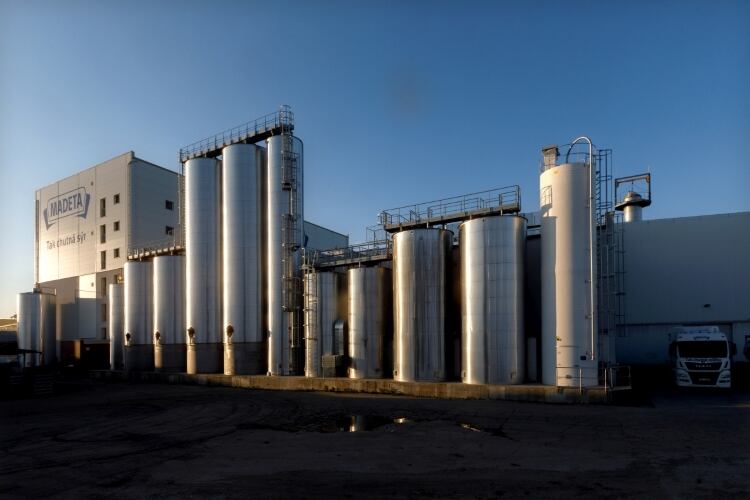The new T.VIS M-20 controls and monitors process and CIP operations. It will be deployable as standard in more than 80% of all hygienic applications in the food, dairy, beverage and pharmaceutical industries. To accommodate the rapid rise in plant automation, the T.VIS M-20 top’s features include control and connectivity options previously reserved for premium-class control tops. For example, automatic setup simplifies installation and reuse of valves in the process.
“We are already bringing elements of the valve of the future to fruition. This reflects the growing demand among manufacturers for connectivity, handling and process diagnostics across their entire production lines,” said Bernd Porath, product manager for valve automation at GEA.
“Customers are required to commission plants ever earlier, lines often run at full capacity and product changes are made so rapidly that valves are subjected to pressure surges and vibration. “That means plants today are increasingly exposed to even higher stress. Our GEA T.VIS M-20 counteracts this thanks to its shock-resistant design and built-in sensor technology. This helps operators ensure plant availability and quality through automatic, self-learning, reproducible process controls.”

To lighten plant operators’ workload during commissioning, the GEA T.VIS M-20 features a proprietary program code. The quick-setup takes care of the commissioning process – including self-learning position recognition by the feedback systems – without the need for specially-trained personnel. Operators are required to assign the electrical and pneumatic connections. The built-in contact-free path measuring system detects its position with a precision of 50 µ – a much higher degree of accuracy than would be possible manually, said Porath. Under process conditions – following maintenance or replacement of the control top – the electronics automatically initialize the feedback systems.
GEA said the ease of installation was confirmed in field tests at Arla Foods and Uckermärker Milch.
“Our customers were astounded and very pleased. The M-20 can be installed completely intuitively, without needing to rely on judgment or experience by operating staff. We have considerably reduced the burden on operators by eliminating errors caused by different users entering different settings,” Porath said.
In designing the M-20 control top, GEA placed emphasis on protecting each individual component and ensuring operational safety even under heavy use. The vibration and shock resistance of all components was increased to 10g in accordance with IEC/EN 60068-2-6 and 27, double the level of the previous model.
“The path measuring system and control electronics are located on a combination printed circuit board, which is no longer encapsulated but openly integrated into the housing, as with our most sophisticated A-15 control top,” Porath said.
All components are protected by the T-VIS housing technology against dust and moisture, applying the IP69k standard.
With regard to further valve technology developments at GEA, Porath said, “Plant uptime, robustness and repeatability of processes and their components are all part of the overarching theme of sustainability, which is a huge concern for the industry. Optimally configured, durable process technology naturally plays a part in the smooth operation of our customers’ plants. We aim to show how digital control tops with sophisticated automated functions and feedback options can contribute to an improved climate footprint. We intend to capture additional functions within our valve range – from control to process diagnostics and predictive maintenance.”




